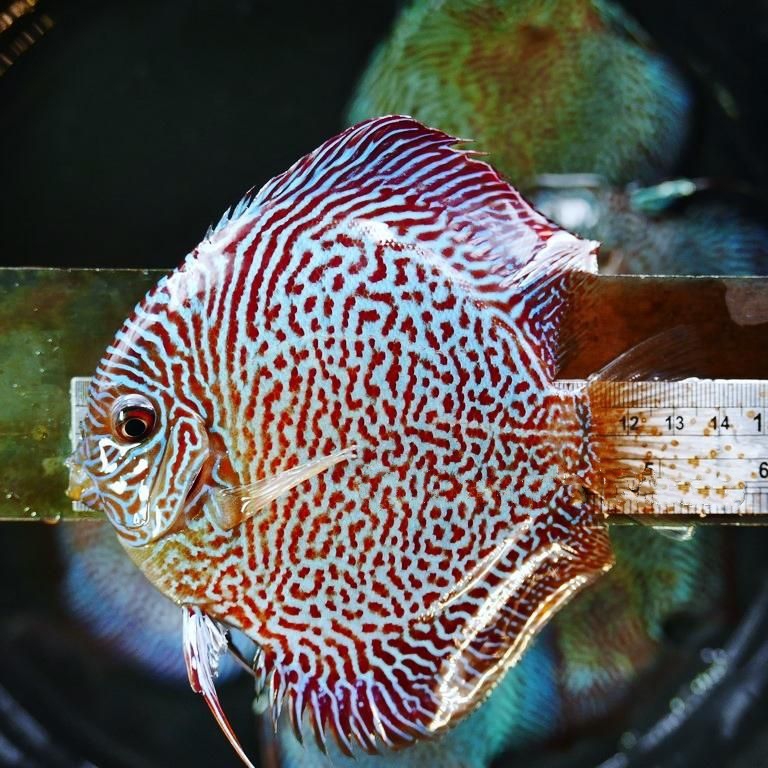

Snake Skin discus are a variety of freshwater fish that are great for established fish hobbyists because of the amount of care and attention they require.

It is also recommended that mature adults eat at least twice a day while feeding younger Snakeskins at least three times per day.Īpart from including a few feedings a day, it’s important to note that discus fish are notorious for being slow eaters and will sometimes take up to an hour to eat! This can potentially pose a problem if you’re not diligent in cleaning the tank - the food will often sink to the bottom and create a foul and dirty tank. It really depends on the fish hobbyist likes to feed their discus up to five times a day, with two to three times being the most common. The Snake Skin Discus is largely carnivorous and consumes a variety of fish food including tubifex and freeze-dried bloodworms, pellet food, high-quality fish flakes, and meaty from foods such as brine shrimp and organ meats. Snake Skin Discus’ enjoy a family unit and will form a family, especially if they’re with or around their siblings. The best course of action is providing a pair with a larger tank or separate aquarium. While Snake Skin Discus’ are mostly harmonious and can play well with others in an aquarium, in the breeding season, they can become especially territorial and aggressive. If, however, this is your first venture into a freshwater aquarium, you may be better suited for a different breed of fish because discus fish require an expert level of care because of their feeding and aquarium conditions. If you’re an established fish hobbyist, the Snake Skin Discus is an excellent choice for those who love the detail and care that comes with discus fish. The shape of the Snake Skin Discus is traditional to most discus’ - a slender, oval body with flowingly graceful fins.Īs most discus fish originate from, the Snake Skin Discus is found in freshwater areas ranging from the Amazon to the Rio Negro regions of South America. The Snake Skin Discus is most commonly found with a subtle blue appearance set to a stunning red background.


 0 kommentar(er)
0 kommentar(er)
